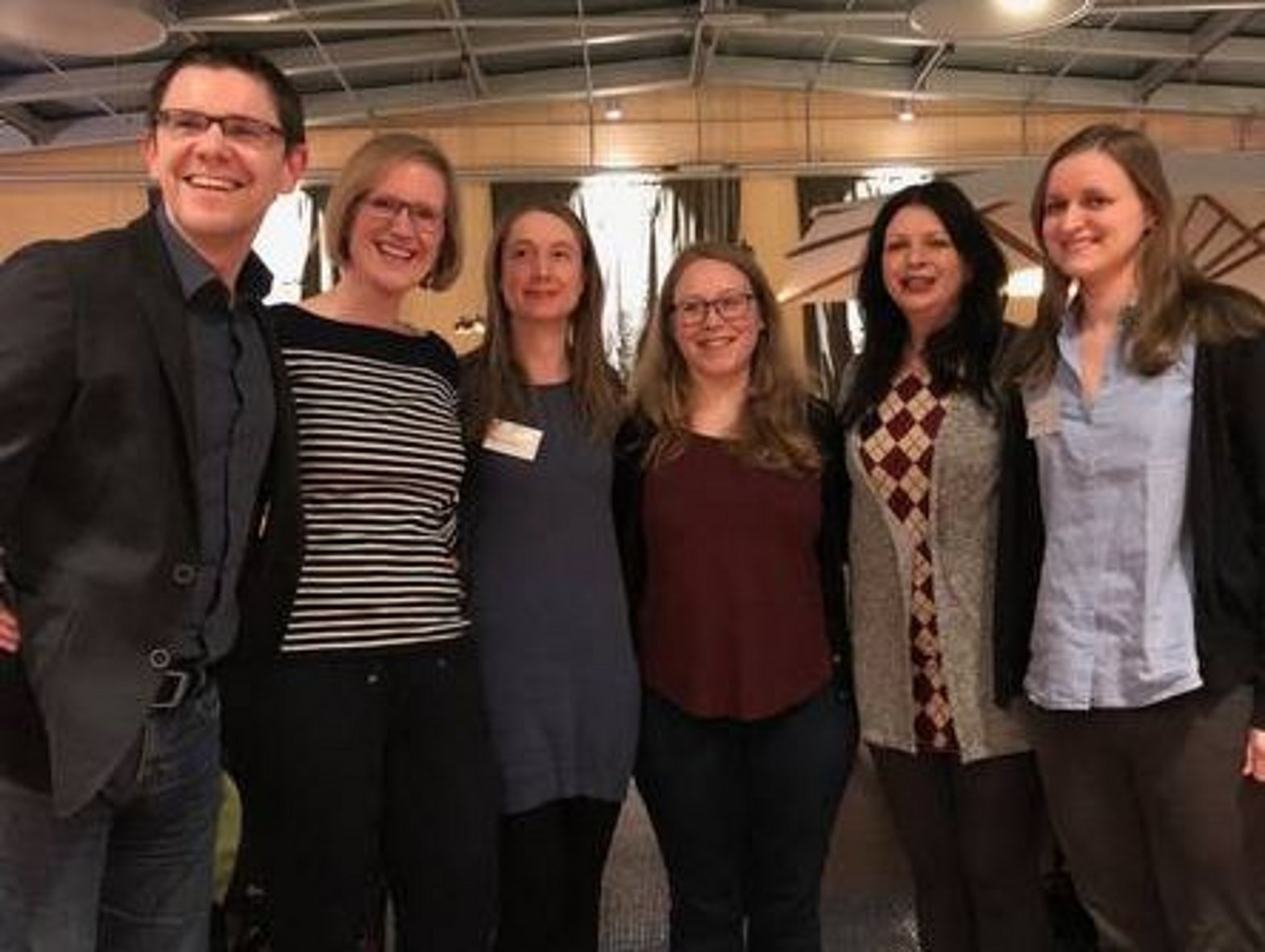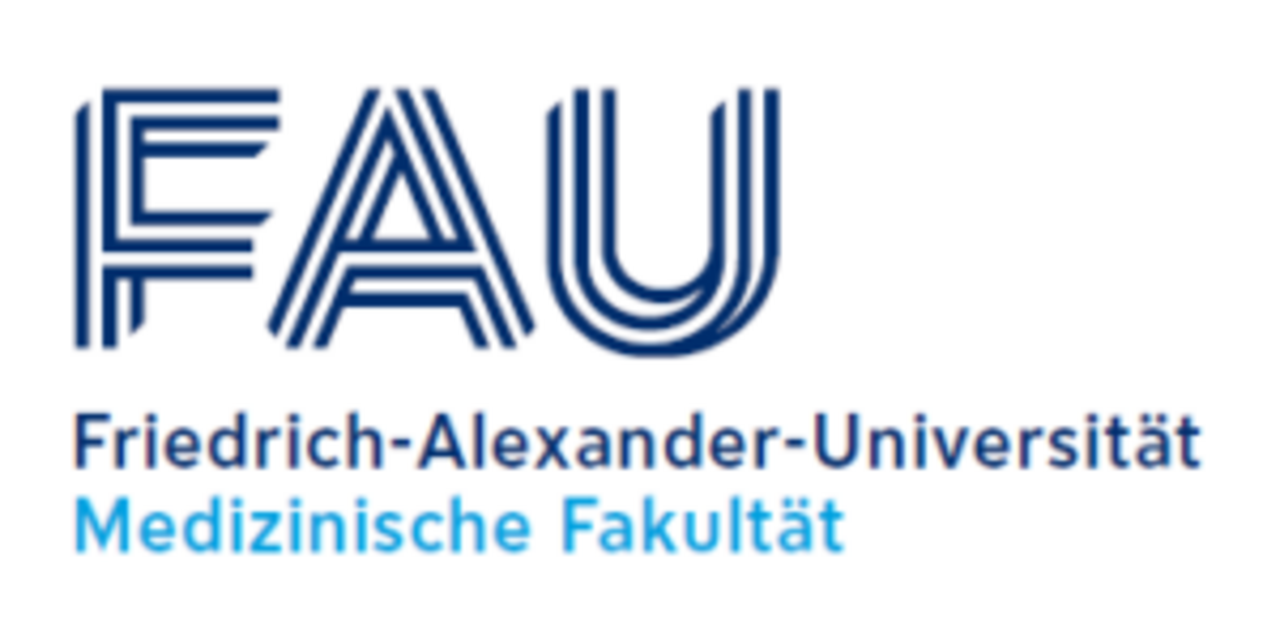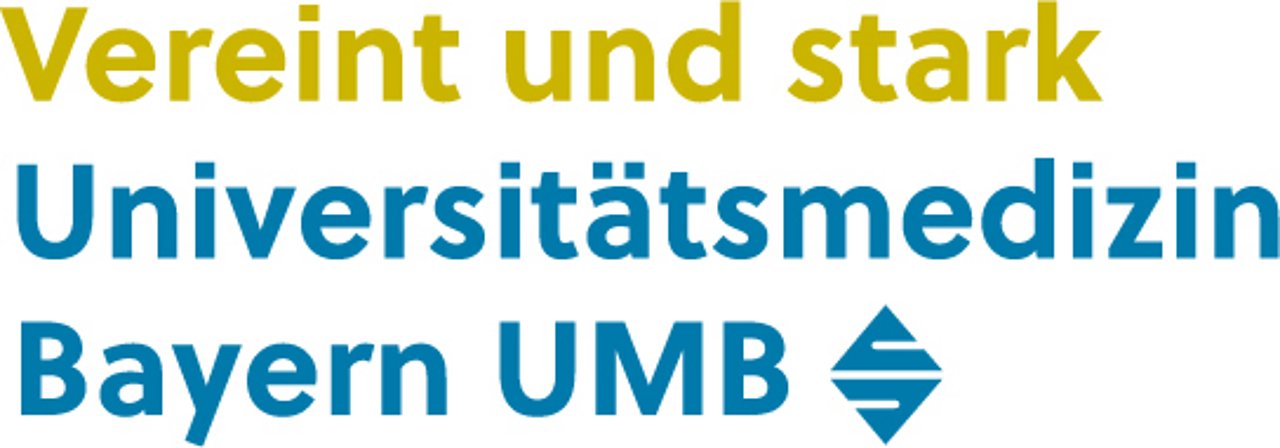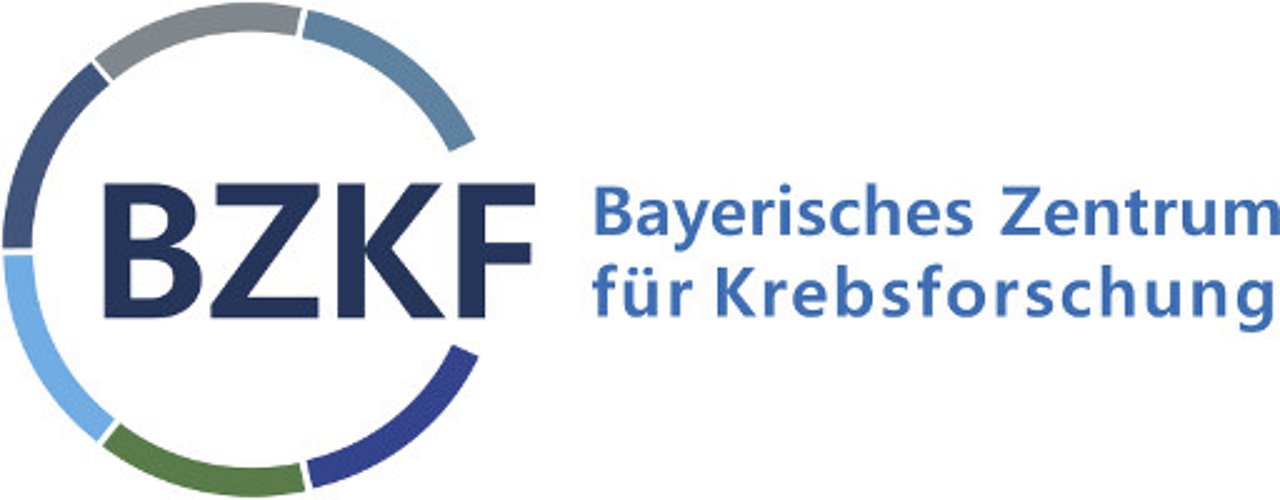Aktuelle Presseinformationen
Hier finden Sie die jeweils aktuellsten Nachrichten aus dem Uniklinikum Erlangen. Eine vollständige Übersicht über alle Meldungen bekommen Sie im jeweiligen Archiv.
First International Symposium organized by the GRK2162
Neurodevelopment and Vulnerability of the Central Nervous SystemDefects in ER–endosome contacts impact lysosome function in hereditary spastic paraplegia
The Journal of Cell BiologySortierung nach Einrichtungen
- Uniklinikum
- Allgemeinmedizin
- Anästhesiologie
- Apotheke
- Augenklinik
- CCC Erlangen-EMN
- CCS
- Chirurgie
- Deutsches Zentrum Immuntherapie
- Experimentelle Therapie
- Frauenklinik
- Gefäßchirurgie
- Hautklinik
- Herzchirurgie
- HNO-Klinik
- Humangenetik
- Immunmodulation
- Infektionsbiologie
- Kieferorthopädie
- Kinderchirurgie
- Kinderkardiologie
- Kinderklinik
- Kinderpsychiatrie
- Medizin 1
- Medizin 2
- Medizin 3
- Medizin 4
- Medizin 5
- MIK
- Mikrobiologie
- Mikrobiomik
- MKG-Chirurgie
- Molekulare Immunologie
- Molekulare Neurologie
- Molekulare Pneumologie
- Nephropathologie
- Neurochirurgie
- Neurologie
- Neuropathologie
- Neuroradiologie
- Nuklearmedizin
- Palliativmedizin
- Pathologie
- Plastische/Handchirurgie
- Psychiatrie
- Psychosomatik
- Radiologie
- Stammzellbiologie
- Strahlenklinik
- Thoraxchirurgie
- Transfusionsmedizin
- Unfallchirurgie-Orthopädie
- Urologie
- Virologie
- Zahnerhaltung
- Zahnärztliche Prothetik
- Zentrallabor








